Comparing Popular Imaging Devices: Features & Cost
In today’s fast-evolving healthcare landscape, imaging devices play a critical role in diagnostics, treatment planning, and patient care. With numerous medical imaging technologies available, healthcare professionals must make informed choices to ensure optimal outcomes. Factors like device features, capabilities, and overall cost are key considerations when evaluating options.
In this blog, we’ll compare some of the most popular imaging devices used in hospitals and clinics, including MRI, CT, and ultrasound machines. We’ll examine their unique features and cost considerations, helping you make a well-rounded decision for your facility. Understanding the advantages of each modality can significantly improve diagnostic accuracy and workflow efficiency, ensuring better patient care and operational success.
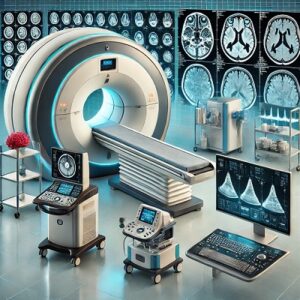
Imaging Devices
1. MRI (Magnetic Resonance Imaging ): Features & Cost
Features: Magnetic Resonance Imaging (MRI) devices use powerful magnets and radio waves to create detailed images of soft tissues, such as the brain, muscles, and ligaments. These machines excel in detecting abnormalities like tumors, brain injuries, and spinal cord diseases. MRI devices offer exceptional image clarity, particularly for non-bony structures, making them a staple in neurological, cardiovascular, and musculoskeletal assessments.
Cost: The price of an MRI machine ranges from $150,000 to $3 million, depending on factors like the strength of the magnet (measured in Tesla units), software options, and additional features like 3D imaging capabilities. The high initial investment is balanced by the superior image quality and comprehensive diagnostic potential.
2. CT (Computed Tomography) Imaging Modality: Features & Cost
Features: Computed Tomography (CT) scanners combine X-ray technology with computer processing to produce detailed cross-sectional images of the body. CT scans are particularly useful for detecting fractures, tumors, and internal bleeding. They are also widely used in trauma cases and emergency situations because of their speed and accuracy. One of the major benefits of CT over other modalities is its ability to capture detailed images of bones, lungs, and blood vessels in a matter of seconds.
Cost: CT scanners generally cost between $250,000 and $2 million. Factors that influence pricing include the number of detectors (multi-slice or dual-source systems), scan speed, and advanced imaging options such as cardiac scanning or dual-energy CT. While they are relatively more affordable than MRI machines, maintenance costs for CT scanners, including radiation safety measures, should be considered.
3. Ultrasound Imaging Modality: Features & Cost
Features: Ultrasound devices use high-frequency sound waves to produce real-time images of soft tissues and organs. They are primarily used in obstetrics, cardiology, and for guiding minimally invasive procedures. Ultrasound is known for being non-invasive and radiation-free, making it a safer alternative for frequent monitoring during pregnancy or for patients requiring regular exams. Doppler ultrasound, a feature included in many devices, allows for the real-time visualization of blood flow through arteries and veins.
Cost: The cost of an ultrasound machine ranges from $20,000 to $200,000, depending on the technology and features offered, such as 3D or 4D imaging capabilities. Portable ultrasound devices, which are increasingly popular due to their convenience and lower price, typically start at around $10,000. Ultrasound offers one of the most cost-effective options for diagnostic imaging, especially for routine procedures.
4. X-ray Imaging Modality: Features & Cost
Features: X-ray machines use ionizing radiation to create images of bones and certain tissues within the body. X-rays are widely used for detecting fractures, infections, and lung conditions like pneumonia. They are quick and highly effective for capturing bone-related abnormalities and are often used as a first-line diagnostic tool in emergency rooms. Digital X-ray systems allow for better image storage and quicker results compared to traditional film-based systems.
Cost: X-ray machines typically range from $30,000 to $500,000. The cost depends on whether the system is digital or analog and on features such as portability, image quality, and advanced post-processing software. Digital X-ray machines tend to have higher upfront costs but offer greater long-term savings due to reduced film and processing expenses.
5. PET (Positron Emission Tomography)Imaging Modality : Features & Cost
Features: Positron Emission Tomography (PET) scans are a type of nuclear imaging that uses radioactive tracers to highlight areas of high metabolic activity, often linked to cancerous tissues. PET scans are primarily used in oncology for detecting cancer, determining its spread, and assessing the effectiveness of treatment. PET is also useful in cardiology and neurology for evaluating brain function and identifying conditions like Alzheimer’s disease.
Cost: PET scanners are among the more expensive imaging devices, with costs ranging from $1 million to $3 million. Factors such as resolution, speed, and hybrid configurations (PET/CT) can influence pricing. Despite the high upfront cost, PET is invaluable for detailed functional imaging in cancer diagnosis and research.
Conclusion: Choosing the Right Imaging Device for Your Facility
When comparing imaging devices like MRI, CT, ultrasound, and X-ray machines, it’s essential to weigh the features and costs to determine which fits your healthcare facility’s needs. MRI and CT devices offer exceptional diagnostic capabilities for complex cases but come with higher price tags. Ultrasound provides a more affordable, radiation-free alternative, while X-rays remain indispensable for bone imaging. PET, while costly, offers critical insights for cancer treatment.

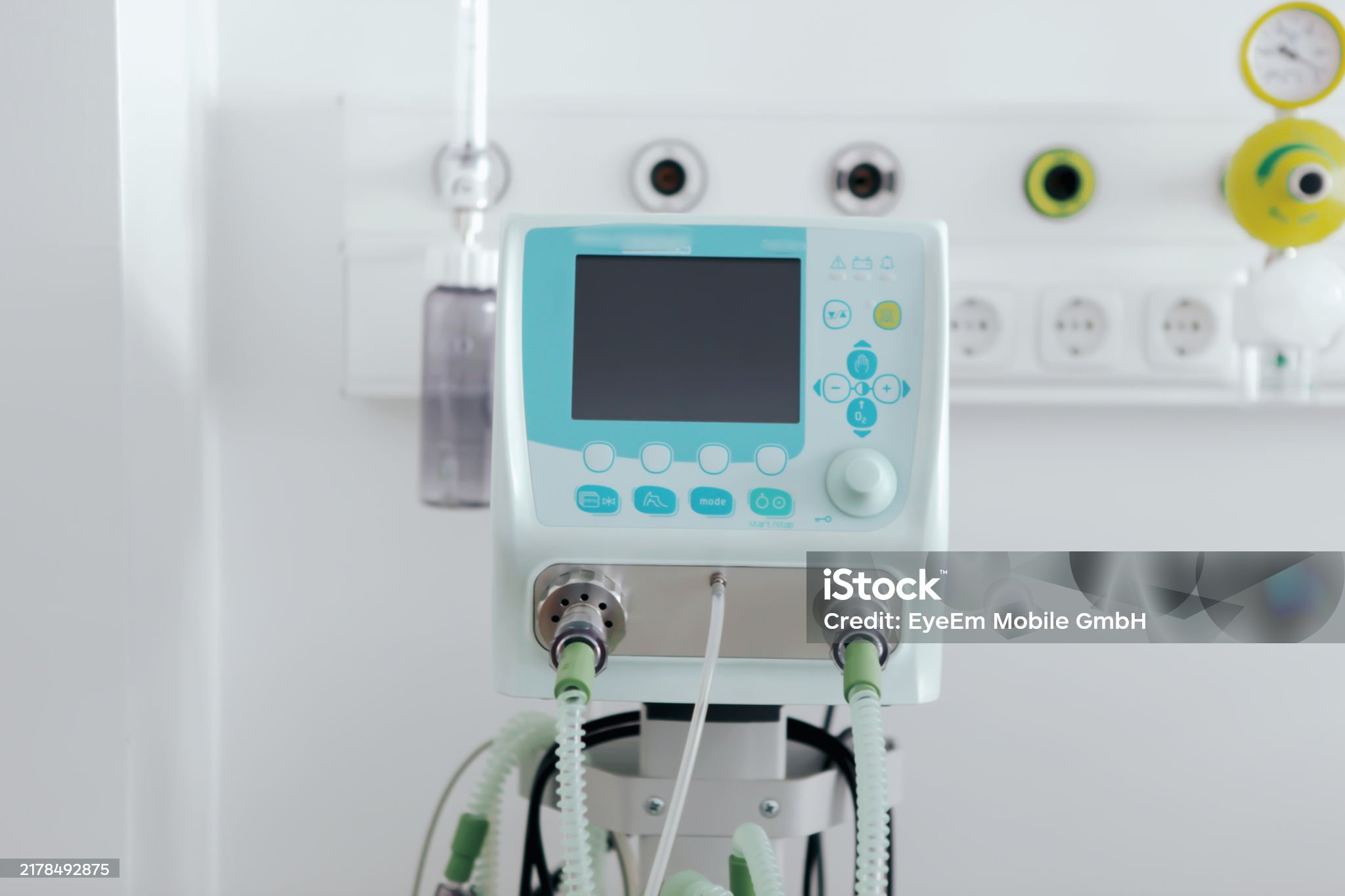
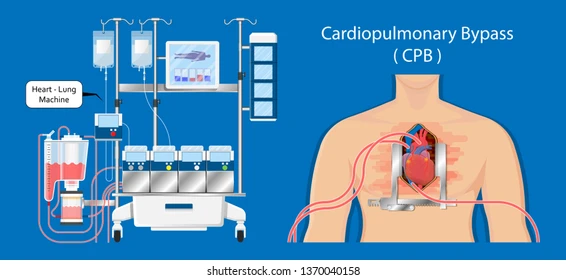

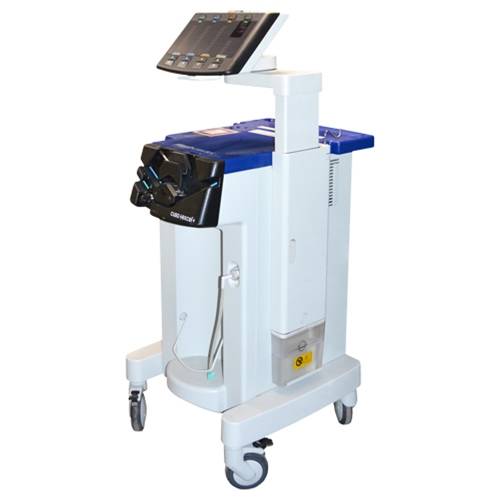
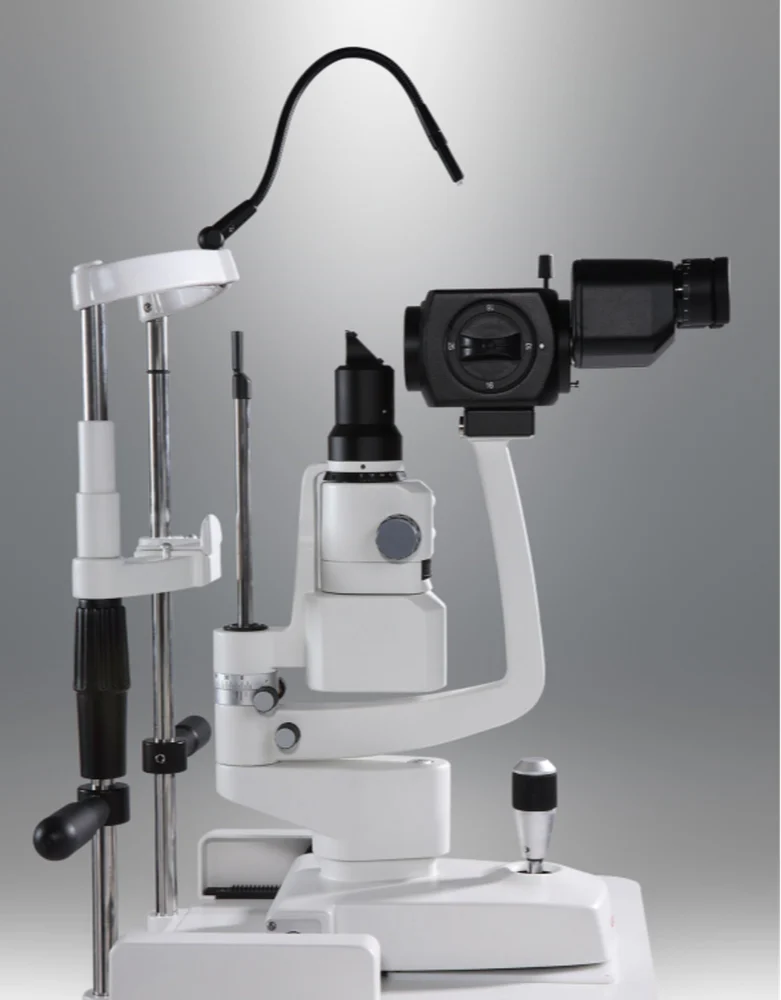
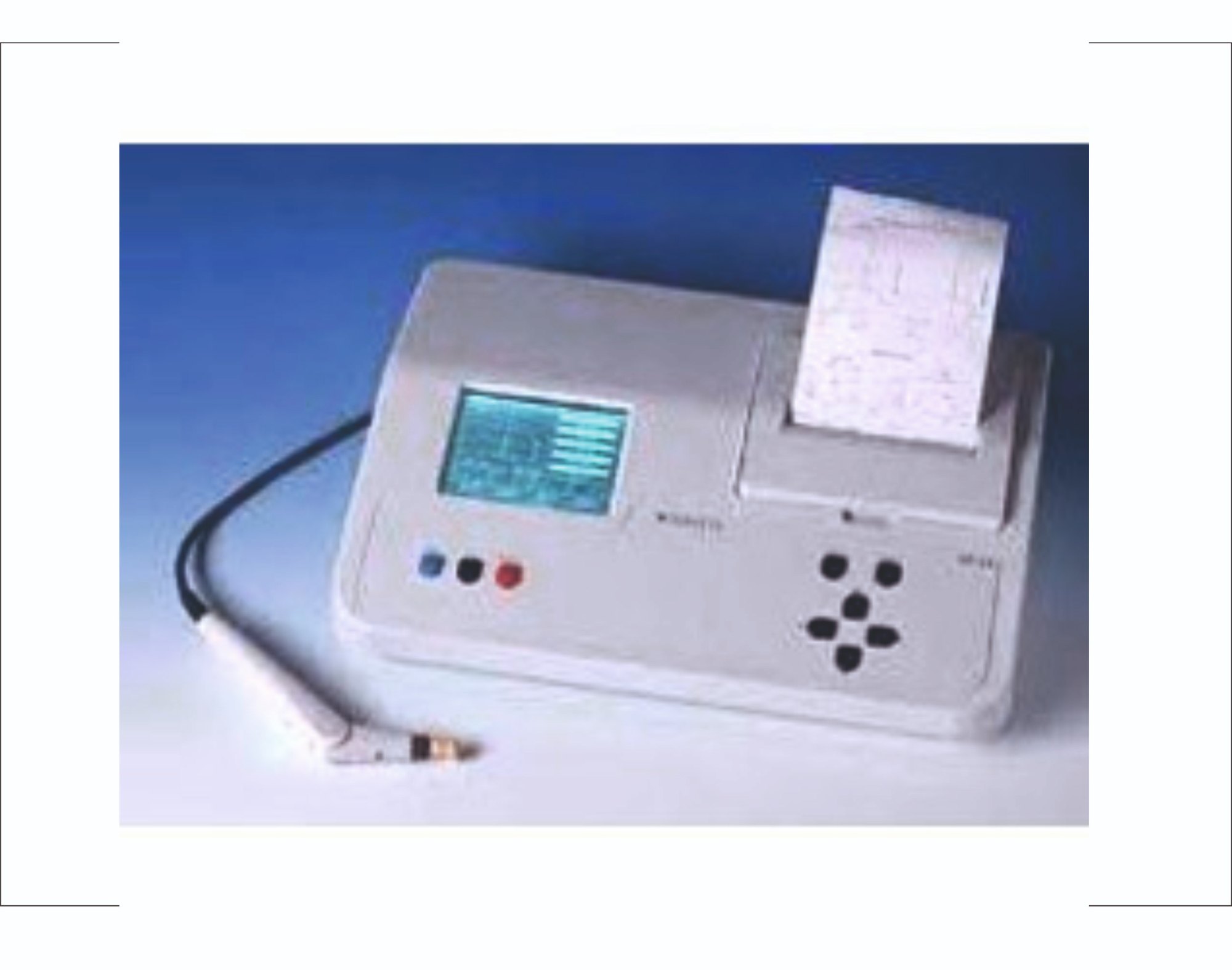
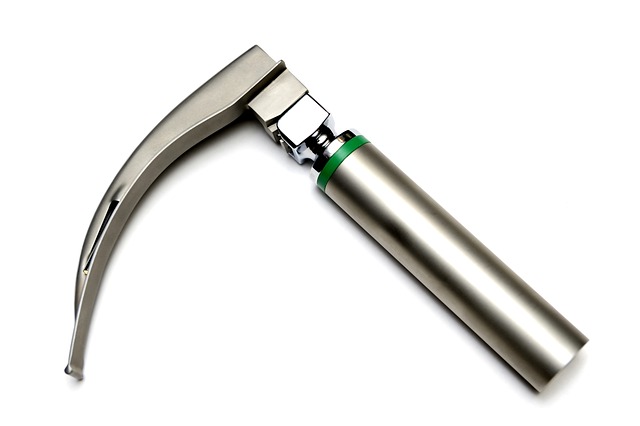

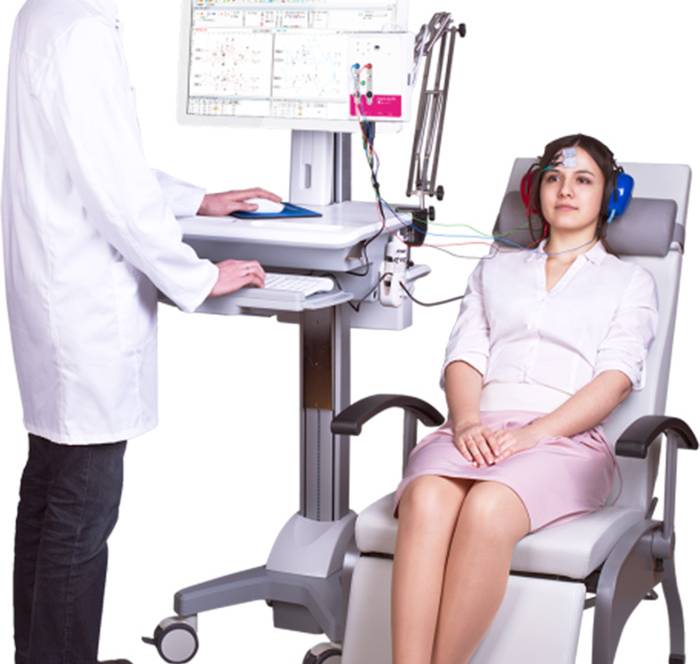
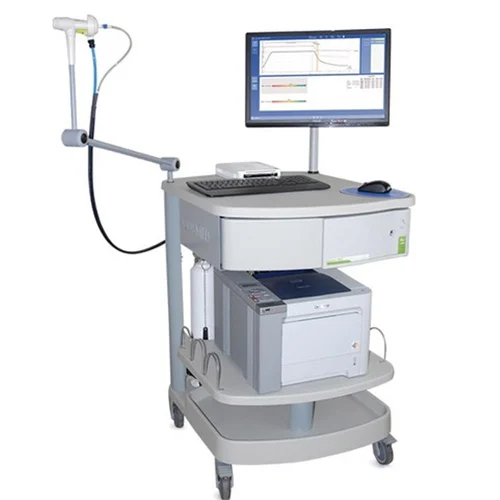


Leave a Reply